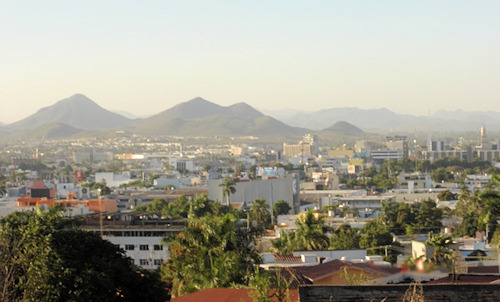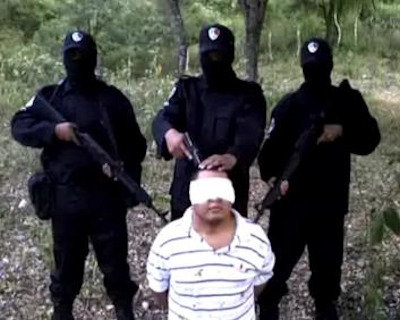In the last ten years the structure of the Mexican cartels has changed: less hierarchical and divided into sub-cartels (which we will call "Ali Armed") it has developed more financial and decision-making authority, as well as greater autonomy. This in turn allowed these "Armed Wings" to expand and from mere security activities to the cartel, they were able to engage in wider criminal activities, such as extortion from local businesses, as well as kidnappings.
The current war to control major drug trafficking and illegal immigration routes in the Northern Mexican states of Chihuahua and Sonora (about which the media has written extensively in recent weeks following the brutal massacre perpetrated on the Mormon Community) is an example of this last decade of Cartel transformation.
Precisely in this period of time mentioned above, an important activity of protection of their areas of influence was detected by the main cartels, intensifying strong competition for the control of drug trafficking corridors, better known as "squares".
The main criminal group, once conquered the area, can impose a bribe on any other group, thus managing the smuggling of weapons, humans and drugs. To "win" this war of the streets, it is essential to have a greater number of soldiers, faithful and ready to fight to the death.

An example of sub-cartel transformation is Los Jaguares, born as a branch of the largest cartel, that of Sinaloa. From a small group that ran small operations in the family, it has been able to expand its network leading to increasing profits from its trafficking and to the militarization of large drug trafficking activities.
The Sinaloa cartel also used another internal faction of the group known as the "Beltran Leyva Organization" to form a mini army supported by small street gangs in the group-controlled areas along the US-Mexico border to fight the rivals.
Back in 2015, the US State Department said the Sinaloa cartel operated with emissaries in other countries such as Ecuador and local authorities in the aftermath of the flight of Joaquin 'El Chapo' Guzman, leader of the Sinaloa from a Mexican prison in July of that year revealed data on the activities of the mafia in this country as well as in other parts of the hemisphere.
The emissaries of "El Chapo", in fact, would have recruited groups of local criminals to take care of the logistics and to protect the runways used for the shipment of drugs and the transport of money resulting from illegal activities, as well as shipments made with motorboats and small boats.
Sinaloa, despite the arrest of its leader, continues to have the greatest media and social impact, both for the influence it exerts, and also for its presence in 43 nations.

Another example of cartel borrowing is that of Las Zetas, whose members of the Mexican special forces group Grupo Aeromóvil de Fuerzas Especiales - GAFES were employed by the Gulf Cartel to become part of its executive wing.
Las Zetas, remains an organization formed mainly by former members of the armed forces. Finally, the latter broke away from the Gulf cartel and for a certain period became one of the most ruthless criminal groups.
The sign Juárezinstead, he would hire "police officers" to form the sub-cartel The line, which rose to the headlines as it was targeted by the United States Federal Bureau of Investigations (FBI).
His former leader Carlos Arturo Quintana, known as "El 80", was arrested in May 2018, after a ten-year, blood-soaked criminal career, he allegedly requested the help of corrupt politicians several times to facilitate drug trafficking operations. of the Juárez cartel through Ciudad Juárez and across the border between the United States and Mexico.
We remember the Jalisco New Generation, or the "drug trafficking mafia", is the one currently at the center of the attention of the main investigative forces in the country and beyond the ocean, as it appears to be the one with the greatest financial resources, so it could become more powerful.
Photo: US Customs and Border Protection Office / web












